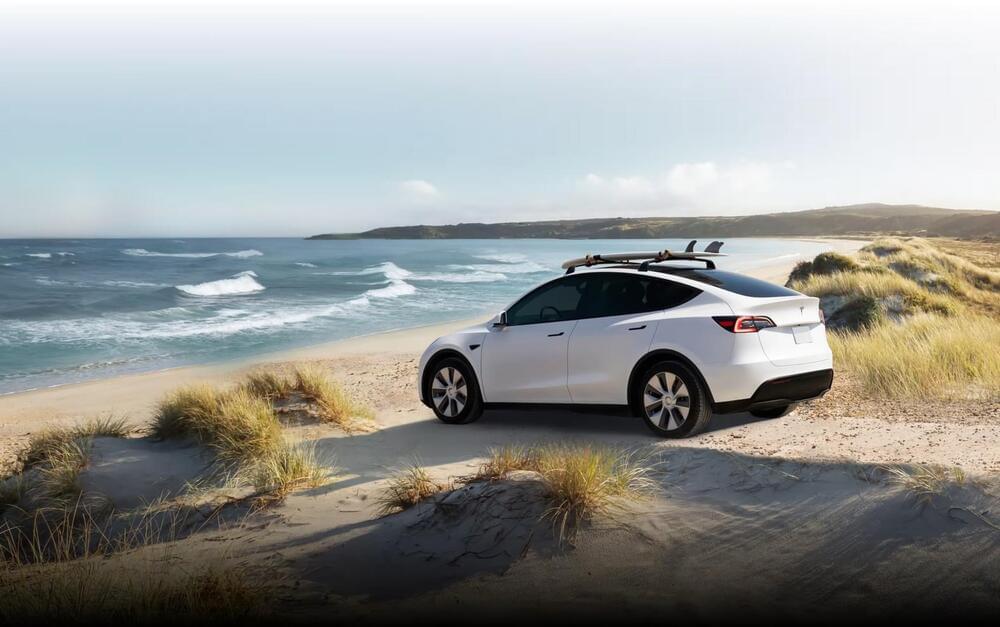This cotton picking electric robot from Turkey could boost farm output by up to 20% by picking up what bigger tractors leave behind.
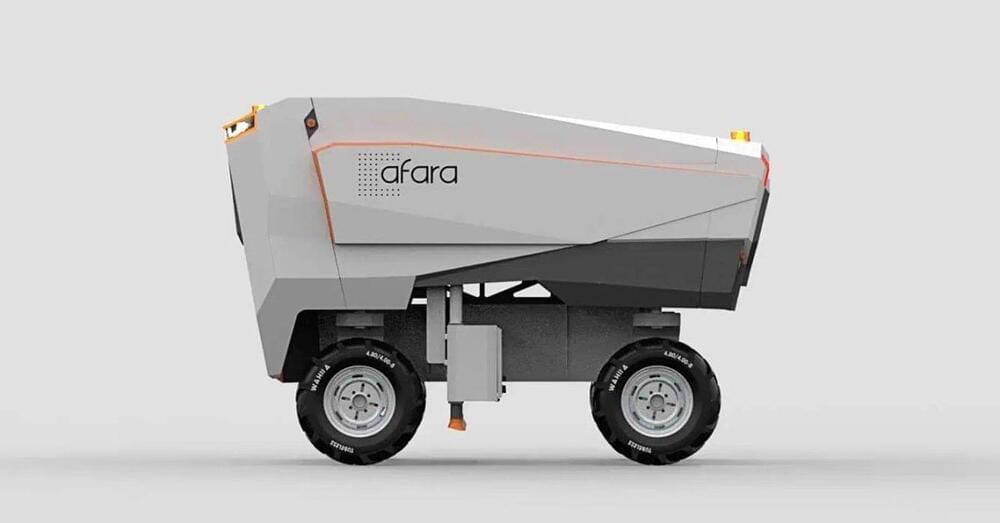

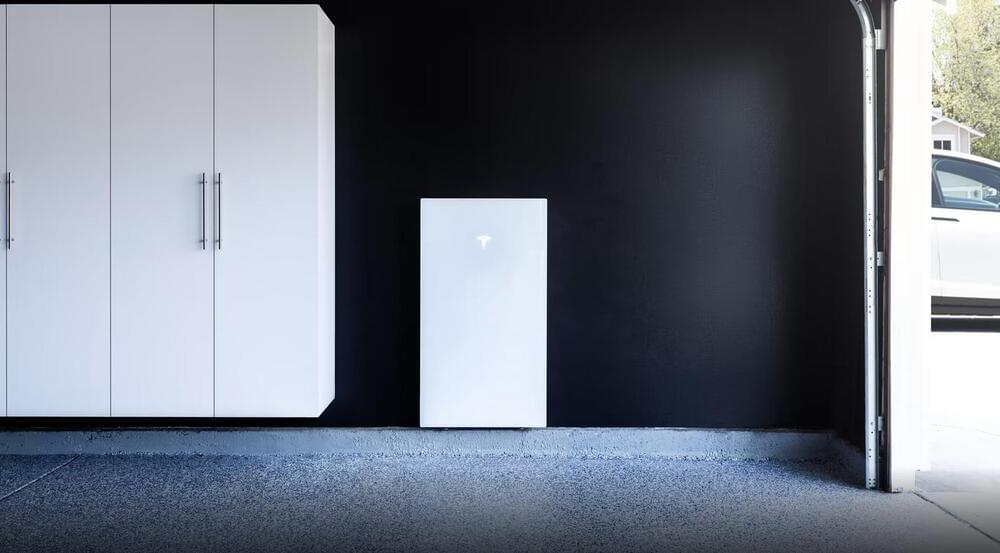
Tesla has officially opened orders for its next-generation Powerwall 3 battery on its website, after the company spent much of last year quietly deploying the new hardware.
You can now order a Powerwall 3 from Tesla directly through its website in the U.S., offering updated specs from the previous generation Powerwall 2. Tesla listed the specs for the updated energy storage hardware on its website in September, and it also caught the attention of CEO Elon Musk, who commented on the generation’s improvements after some Powerwall 3 installations had already been spotted.
At the time of writing, the Powerwall 3 doesn’t appear to be available in other North American markets, Canada and Mexico, nor does it appear to be available in Europe or Asia.

Drawing together an array of interdisciplinary studies across archaeology, ecology, anthropology, and evolutionary theory, Erle Ellis, professor of geography and environmental systems at the University of Maryland Baltimore County, explains the evolution of the cultural practices that have enabled societies to develop unprecedented capabilities to scale up and transform the ecological systems that sustain them.
From using fire to cook food and manage vegetation to the technologies and institutions that support intensive agriculture, increasingly urbanized societies, and global supply chains stretching across the planet, human societies have evolved the social, cultural, and ecological capabilities to reshape the planet and to thrive in the process.
Ellis is a leading scientist investigating the Anthropocene, the current geological age defined by the human transformation of the planet. He is the founder and director of the Anthroecology Lab, which studies relationships between human societies and ecosystems at local to planetary scales with the aim of guiding more sustainable human relations with the biosphere. He is currently a visiting fellow at the Oxford Martin School, where he recently presented his work on Anthropocene opportunities.

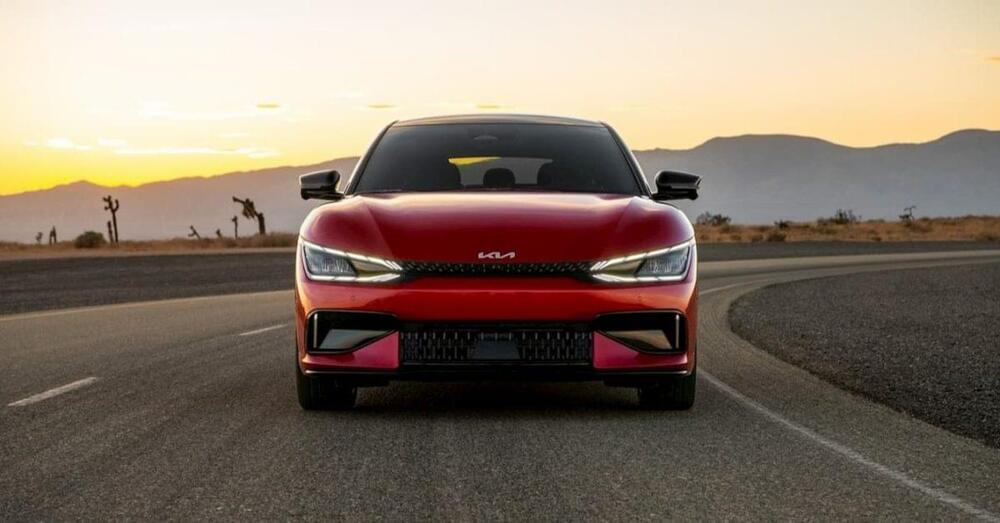
Kia plans to replace the Stinger with an incredibly powerful all-electric sedan called the EV8. The high-performance EV is expected to pack over 600 hp and 500 miles range as Kia’s most powerful car yet.
The Kia EV8 will be the first electric vehicle based on Hyundai’s next-gen “eM” platform. Hyundai’s eM platform is one of two new platforms to be built under its new Integrated Modular Architecture. (IMA).
After revealing the platform last year, Hyundai claimed it would improve EV driving range by 50% compared to current models.
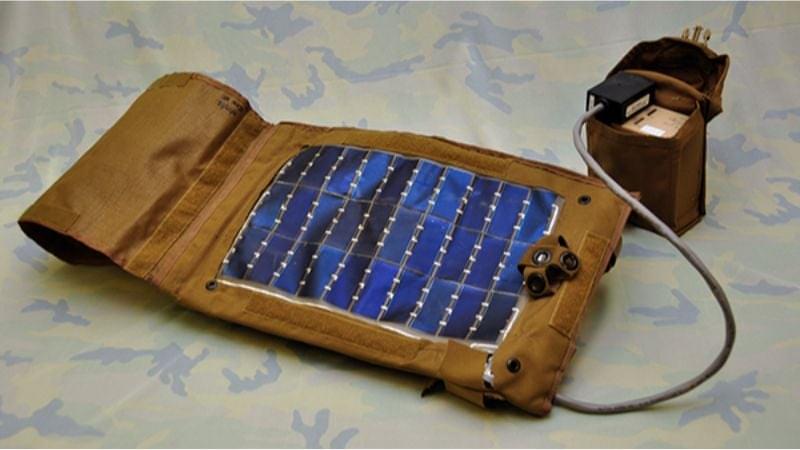
The team leveraged ground-state electron transfer to develop water-based conductive ink for use in flexible electronics.
A major trend in electronics has been the emergence of flexible electronics in devices such as solar cells and energy storage. The technology enabling these devices to be flexible and lightweight is organic electronics. However, concerns about the sustainability of producing organic electronics are growing.
Recently, researchers in Sweden tackled the sustainability challenges head-on by developing water-based conductive inks in organic electronics.
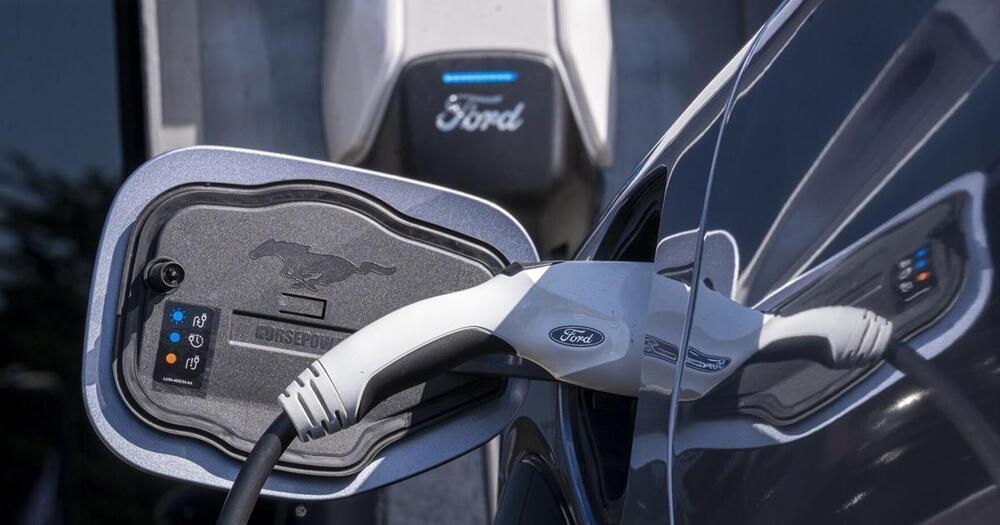
Ford says it has a top-secret, high-powered team working to design its future electric vehicles. It’s part of a quest to compete profitably against Tesla and lower cost EV makers from China.
People in the market for an electric luxury vehicle can find plenty of options to choose from. That’s because EV technology, particularly batteries, is expensive so it’s easier for automakers to earn a profit on an Audi, Mercedes or Cadillac because people are used to paying more for those luxury car brands.
Even among mainstream auto brands, like Ford, EVs tend to cost more. Take the Mustang Mach-E, for instance, with prices starting around $45,000.
A new satellite system from Kreios Space only needs air and solar energy for propulsion while improving satellite image resolution 16 fold.
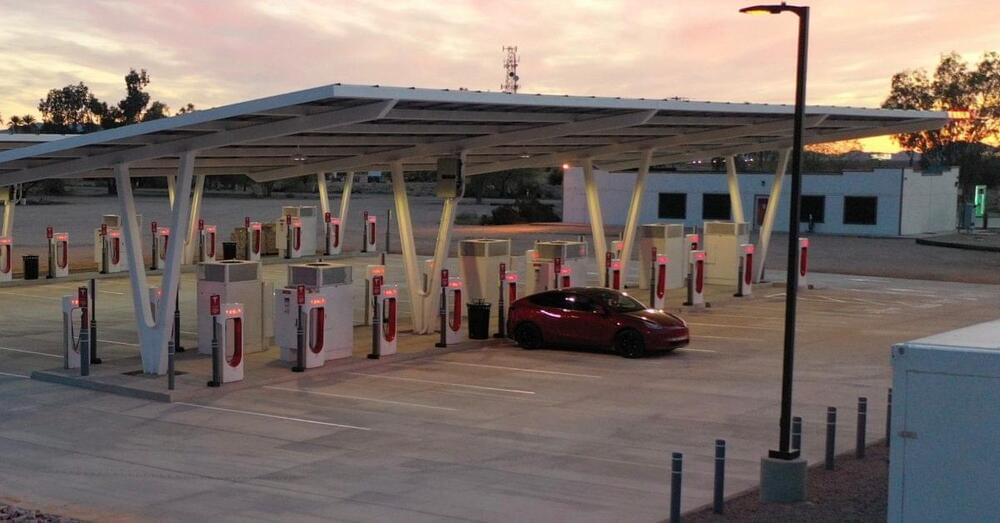
Tesla is planning to build a new world’s largest Supercharger station, and it might give us a glimpse at the future of electric car charging.
There’s no doubt that Tesla has the best charging network, the Supercharger network, but it still has room to improve.
It’s not even just about improving but evolving with the different needs of the growing fleet of electric vehicles in North America.
